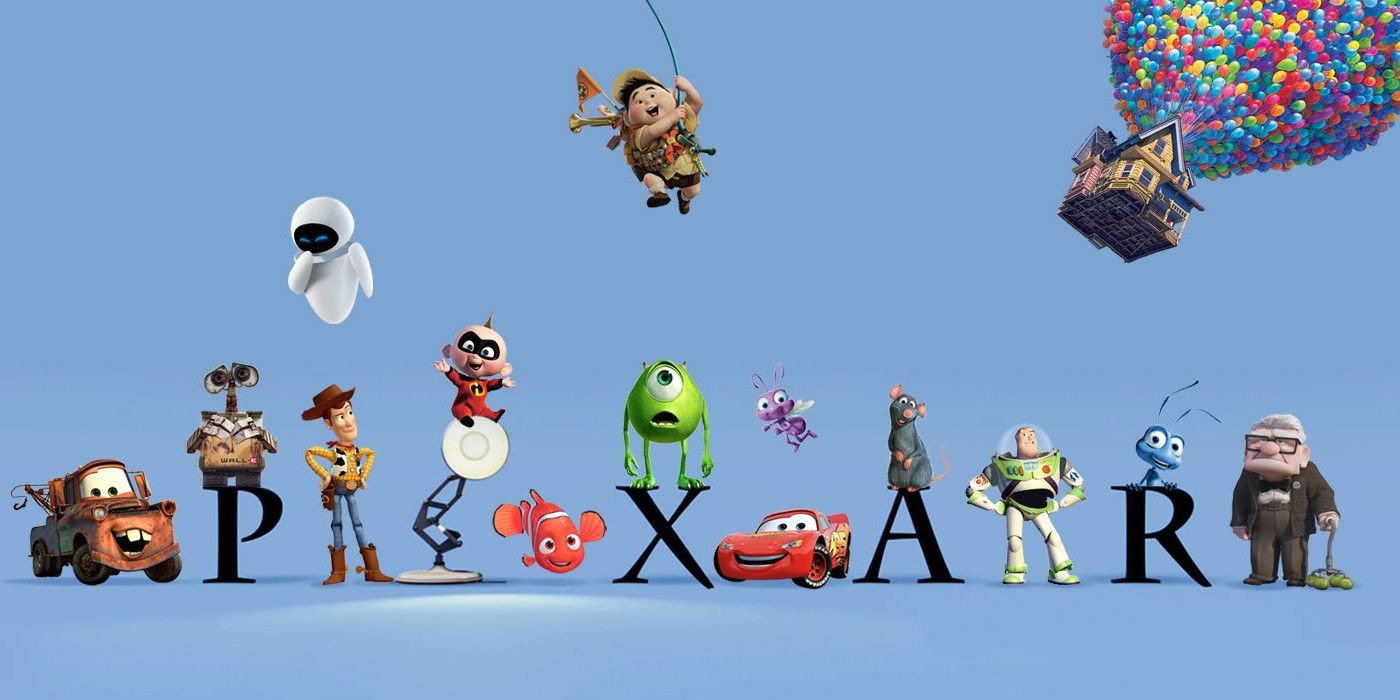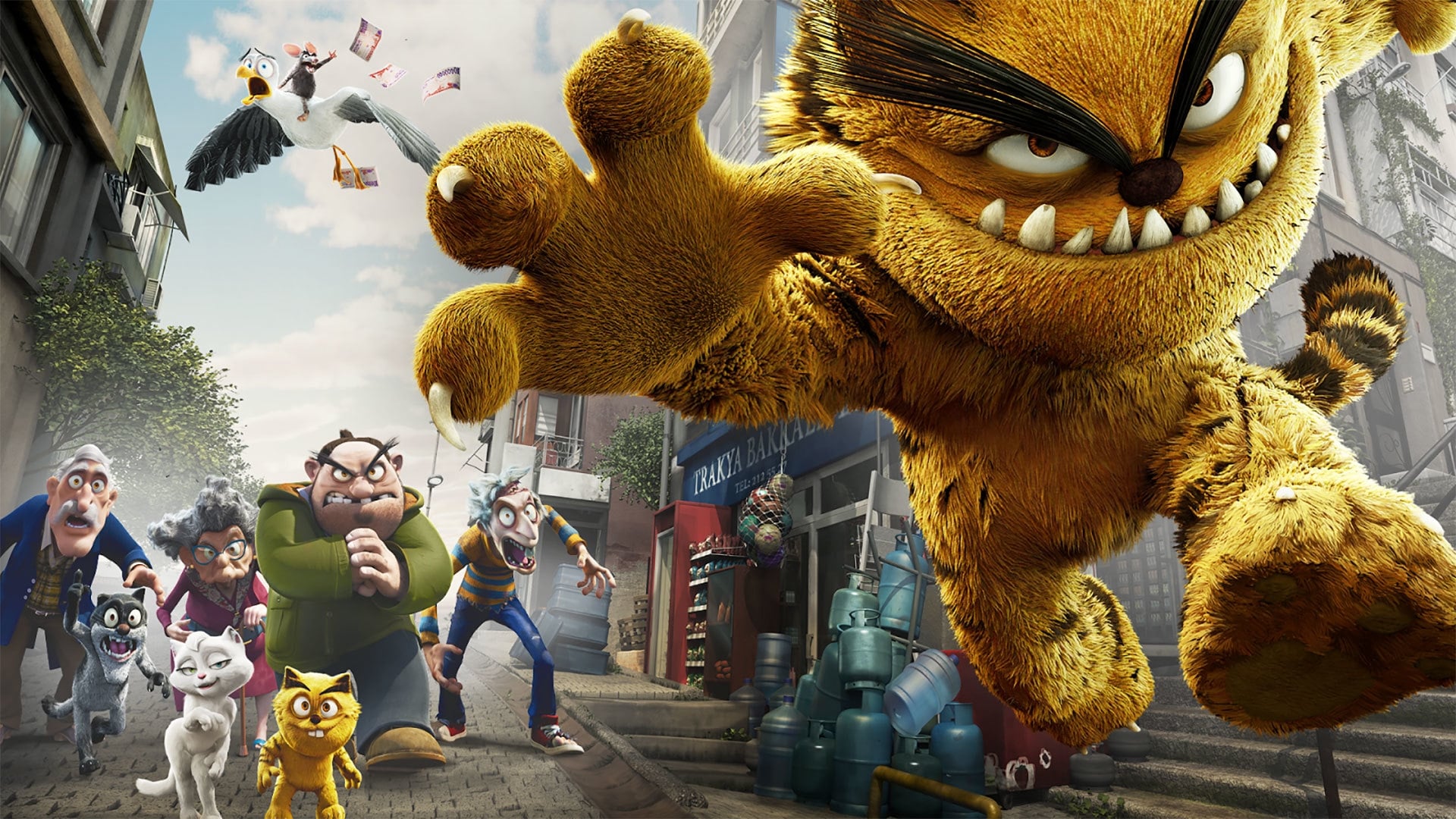HOW ARE ANIMATION MOVIES MADE?
,8365_big.png)
Have you ever wondered how animated movies, which are the protagonists of their best memories, which everyone from seven to seventy watch fondly, are made? We have briefly compiled the animation film production processes for you, which require great effort and great teamwork. Lets start then!
Pre-Production
It is the stage where you develop your main idea before production. You take your concept, state it, and then you turn it into a workable plan. Once your story is over, you write your screenplay and then plan the shooting sequences. Basically, the main components of pre-production are these basic steps:
- Brainstorming
- Scenario
- Concept Art
- Storyboard
- Pre-Visualization
Brainstorming
Explaining this process is simple; You should write as many ideas as possible. At this point, don't worry about choosing any of the ideas; Once you have it ready, you can easily select it from the list. You can go through the following processes for a brainstorm:
- You get together with your team to solve your problem of finding the main idea of your story.
- Encourage your group to generate as many ideas as possible, no matter how irrelevant they may seem.
- Now, review these ideas and choose the best ones
- Then you can have a discussion about how to combine, develop or apply these ideas.
Tips:
- Animation is fun to watch but quite a challenge to create. The main reason is the plot, because creating an interesting plot takes creativity. Remember, rare and unique ideas in animation bring your characters to life. Avoid familiar ideas you may have come across.
- Create a main character with prominent personality traits. Also, provide your main character with a story that will make them stand out.

Scenario
The script outlines all the events that take place in your animated movie. It includes everything from detailing all sound events like dialogue, sound effects and musical notation to mentioning other important details that are crucial to solving your story on screen. In commercial animation, a screenplay gives you the opportunity to accurately express your story and plot for the first time.
A well-written screenplay helps you 'sell' your idea to prospective directors or studios who might then be interested in filming it. Also, running a successful cartoon starts with a good script that brings the characters, setting, and plot of the story to life. That's why the screenwriters of animated films are the silent champions of animated films.
The story will eventually come to life with an animator's touch, but that spark needs to come directly from the words of a screenwriter. So, while animators are praised for creating beautiful animated films, let's not forget that these ideas were born and perfected in the minds of screenwriters with vivid imaginations!
These tips for success in screenwriting will help you throughout the writing process:
- Instead of focusing on what you're good at, try to focus more on what is required of you as a screenwriter from the story you're working on.
- Consider the length of your movie and keep your script short and concise.
- Add unexpected items; surprise your target audience!
- Communicate effectively to grab the attention of your target audience.
- Connect emotionally.
- Remember to always be talkative.
Concept Design
Every creative effort starts with a concept. When directors or production designers come up with ideas for a movie, concept artists help them embody those abstract ideas.
Concept art is a type of illustration, but not exactly an illustration. Unlike illustration, concept art is more design-centric and includes much more iterations of ideas and figures.
In short, concept art provides a constant visual support for filmmakers that acts as a reference throughout the filmmaking process. It also allows you to show the progress of your project to managers, customers and investors.
Storyboard
A storyboard helps complete your story and concept art and serves as the backbone of your animation.
You can create your storyboards by drawing them in the form of a comic book scenario. This process will help you visualize the animation timeline. Also, a storyboard provides a visual record of the original plan that serves as a reference point as you move forward.
Pre-Visualization
Pre-visualization includes designing the visual plot of the movie. This essentially helps to address the director's intent. Movie sequences are placed in a series of photographs along with the relevant details. This helps everyone involved in the production have a common idea and grasp the purpose of complex sequences before production actually begins.
Production
Now that you've done all your background work, the real work begins here. Production may include these basic steps:
- Layout
- Modeling
- Texture
- Lighting
- Rigging
- Animation
- Render
- Dubbing
Layout
Layout design for animation is the process of conceptualizing your environment based on the story of your animated movie. You then proceed to adapt it to your movie's stylistic choices.
The primary role of a layout artist is to set the scene where your animation, your character and special effects, will take place. That's why layout artists are responsible for setting up all the elements needed to create the animation sequence for your movie, and in doing so they do most of the heavy lifting of combining footage into virtual scenes.
When creating a 3D production, layout is often the first step in putting your story scenes together. In 3D production, you need to rough model each object before you start animating. However, you don't need to add textures or start gear at this stage.
Modeling
Modeling transforms your assets into three-dimensional shapes for animation. To achieve this, modelers must work closely with art directors to ensure that all models are designed to match the characteristic visual style of your animation.
They then assist the technical animator and developers with skeletal framework creation and skin development. Once this is done, modelers continue to add facial expressions, paying close attention to adding certain muscle tensions that may be required.
Once your model is ready, it can be sent to texture and rig artists to add the finishing touches before being sent for animation and rendering.
Texture
Texture is used to tap into one of our primary senses; touch. Artists put a lot of thought into engaging and engaging their audience's sense of touch, even if they don't actually touch it. To enhance the look or feel of a surface, texture artists work on many details such as wrinkles, fur, scales, sweat and mud.
Lighting
Without virtual lights, animated movies would be extremely flat. That's why lighting artists use light to support the emotion of their stories and make the movie look and feel believable.
The main mechanics involved in this process rely on different types of light sources used to enhance the beauty and emotion of a film. In general, lighting helps achieve the following benefits.
- Setting the mood of a story through lighting in visual storytelling.
- Forming structures.
- Directing the viewers' eyes with changes in light and color.
- Collecting and using reference images.
- It helps to successfully 'light up' and build the rendering workflow.
Rigging
Animation really puts everything in motion. But before you can animate a part of you, you need to deal with something called rig. Also known as the skeletal system, the Rig creates connections between objects in your story, making them much easier to animate.
Through hardware, you can represent your 3D characters using a series of interconnected digital bones, operating and moving all the components of your model as a whole. It may involve setting up and managing controls for your character's movement and creating a link between the movements of one object relative to another. It may sound like a complicated process, because it is! Once you have equipped the bone structures of your 3D models, you are ready to animate them.
Animation
Now it's time to manipulate the images to make them look animated! In the days of traditional animation, images were drawn or painted by hand. Now most animations are made using computer-generated images or CGI. This important step allows us to tell stories by bringing characters to life and to communicate emotions and ideas in a unique, perceptible way. At this stage, let the creators defy gravity and unleash their imaginations. Because everything can be made possible in animation.
Render
Well, what is rendering, I hear you say! Render roughly; Convert models into usable images with the help of expert 3D software. Through render, you can render sequential rendered images or basic pixelated frames.
Dubbing
Once the characters are rendered, it's time to get them talking. Finding the perfect people to voice the characters is an achievement in itself.
Post production
In the final stage of movie creation, you deal with all the ways to beautify your animation work. This stage includes editing raw footage, working with sound effects and voiceovers, or in some cases dubbing, to cut scenes together.
In general, post production has three main phases:
- Compositing
- Audio editing
- Video editing

Compositing
It's possible to create almost anything in today's movies, and that's thanks to composition. Hours of work focusing your attention on the details, a lot of creativity and a strong skill are the materials you need to make them work together. All the visual effects or VFX you see in movies are a product of this great technique.
As a compositing professional, you also need to know the depth of field requirements and what camera or lenses are used to shoot the footage before you start your work. You'll also need to pay attention to things like color correction, how to set up certain shots with the rest of your movie, what elements make up your composition, whether you need a matte paint and whether there will be any stock footage. Creating this ultimate, lifelike illusion in composition is one of the marvels of modern post-production for both live-action and animated films.
Audio Editing
An audio editor is responsible for everything audio you get while watching a movie. This work is sometimes called sound design because the editor essentially designs and creates an 'auditory scene' from scratch. This requires an audio editor to select and balance sounds from hundreds of different sources to create the desired effects and let the artwork speak to the audience.
Video Editing
Video editors are problem solvers, not just artists, and they spend hours editing, reviewing and polishing your work. Basically, they do almost everything that is vital to creating a successful animation.
As a result, animation production is a massive process that requires some coordination between all the different types of artists involved. We hope this overview of this challenging process will allow you to gain a whole new appreciation for the movies you've always loved and the craft itself.
If you want to pursue a career in animated films but do not know where to start, check out Anima School 3D Animated Film Production and other trainings, learn about animation production processes!
Source: Motioncue
